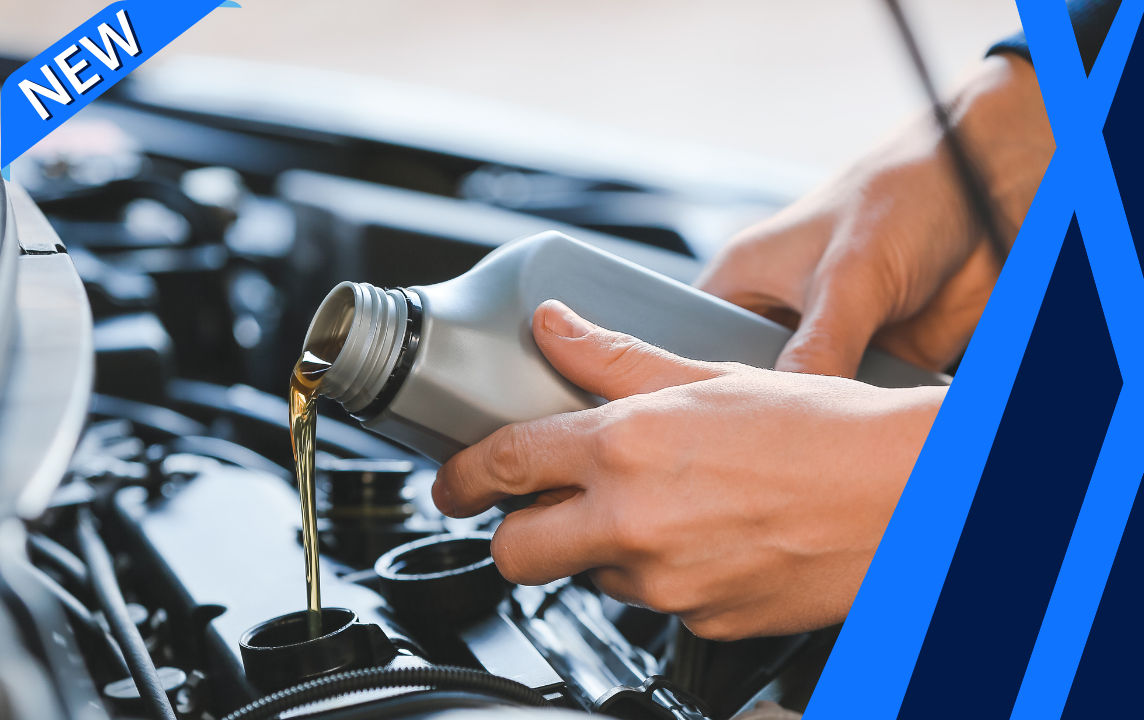Description
Coolant Level Sensor Replacement
What is the Coolant Level Sensor all about?
The coolant level sensor is designed to alert the driver when the coolant level is low and to prevent overheating or damage to the engine. This aids in diagnosing leaks and other dangerous cooling system conditions.
Coolant level sensors can consist of a plastic sensor with a plastic or foam float that sits underneath the coolant reservoir cap. Or, they can be plastic sensors that plug into the radiator or other component of the cooling system.
Some vehicles are equipped with a Low Coolant or Check Coolant warning light, while others may display a picture of the vehicle with a red dot in the engine bay. This is to inform the driver that the coolant needs to be checked or that there is a fault with the sensor.
Keep in mind:
The Check Coolant warning light may seem like a nuisance, but the system is there for a reason: to inform the driver of potentially dangerous engine conditions.
How it’s done:
- The Coolant Level Sensor is verified that it needs to be replaced. The coolant is drained to be below the sensor.
- The defective Coolant Level Sensor is removed by disconnecting the electrical connection and removing it from the radiator or reservoir.
- The new Coolant Level Sensor is installed, connected and the coolant is refilled. Then the cooling system is purged of air.
- The Coolant Level Sensor is tested for leaks after system is filled and engine is run.
- The vehicle is tested to ensure proper operation of the Cooling System
Our recommendation:
If you suspect the coolant level sensor has failed, have one of our licensed mechanics come to you to diagnose the issue and replace the part. Our mechanics can determine whether the sensor float is faulty, if the sensor itself is bad, or if there is low coolant or a leak in the system.
What common symptoms indicate you may need to replace the Coolant Level Sensor?
- Check Coolant or Low Coolant light on and displays even when coolant been topped off
- The coolant level is low but no warning lights illuminate
How important is this service?
While you may wish to ignore the beeping and warning lights in your vehicle, it is important to get a diagnosis for the problem immediately before any further damage occurs, including unwanted coolant loss, engine overheating, and other major issues.




